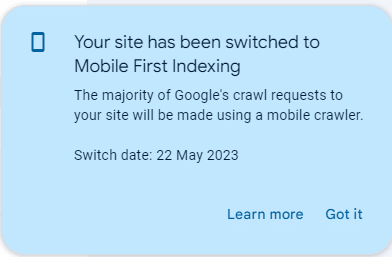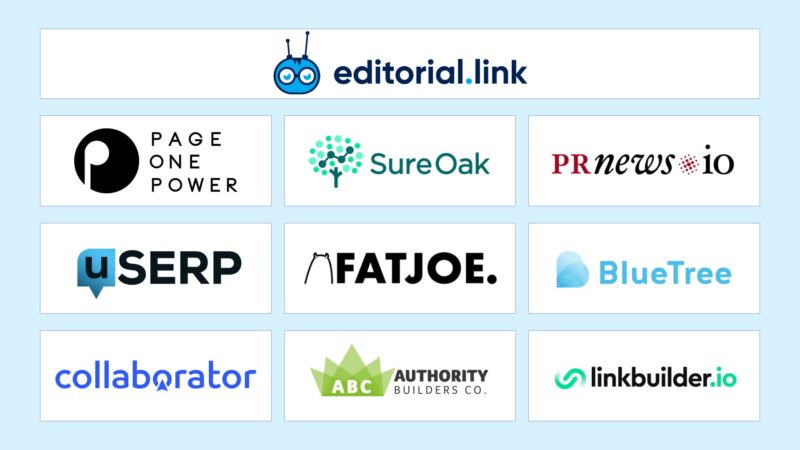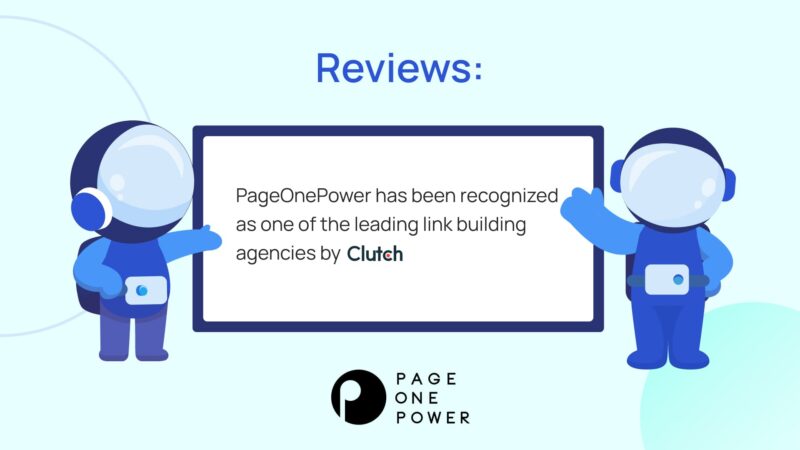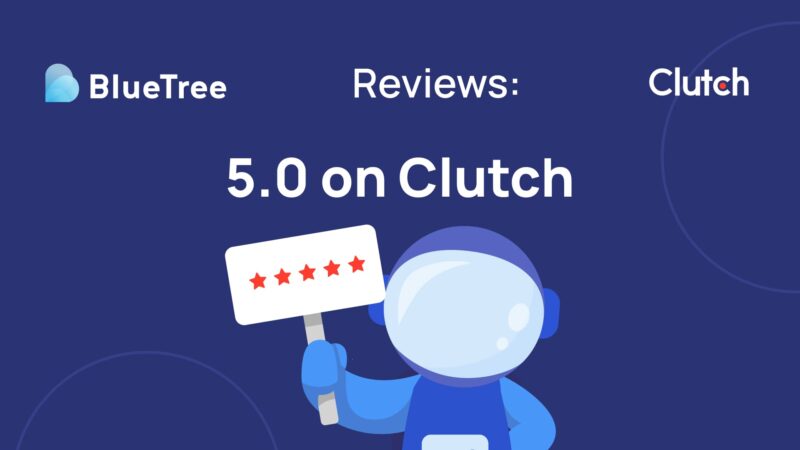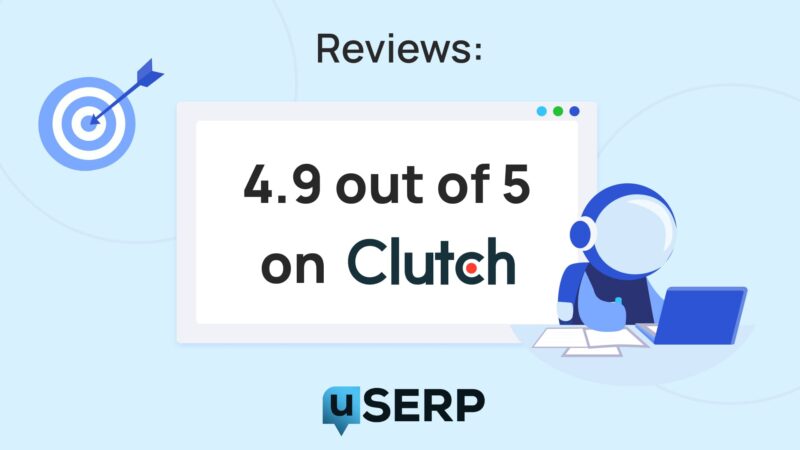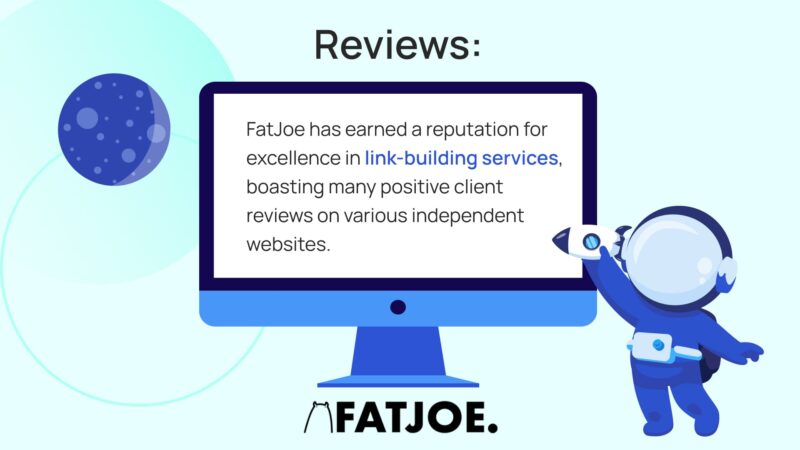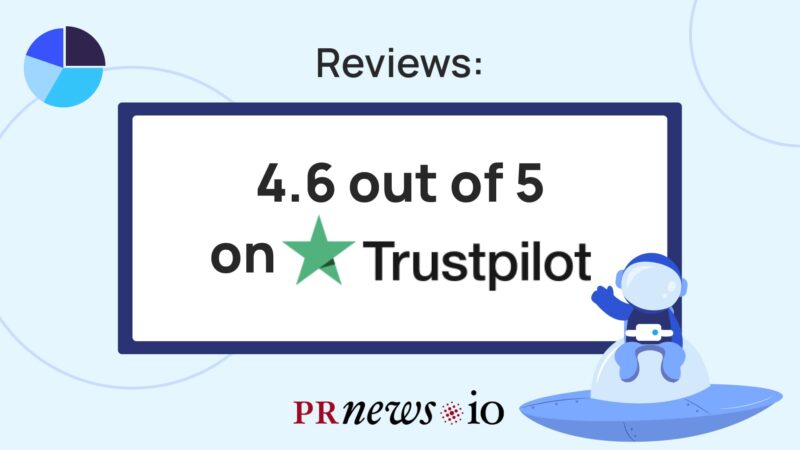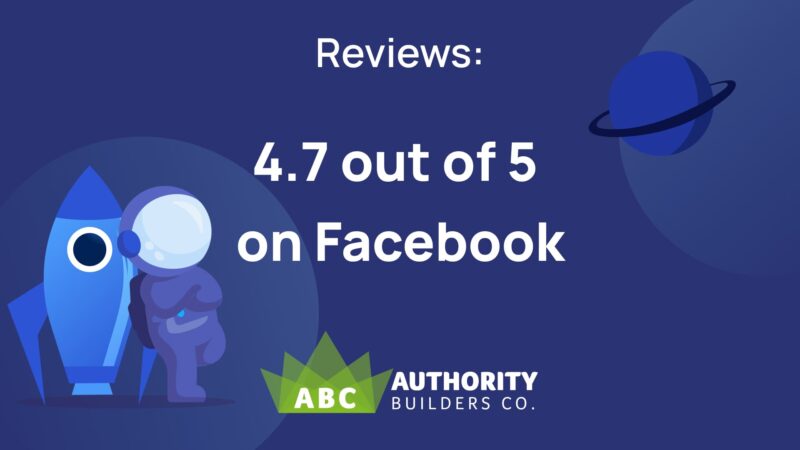Well, it’s 2023, and we’re still trying to convince businesses that SEO isn’t just a fancy acronym for “some extra options.”
It’s like trying to teach an old dog new tricks, except the dog is a business and the trick is “not being invisible in the search engine results.”
Some things never change.
It’s not the company leadership’s fault. In most cases, they are aware of SEO. Still, some don’t understand the value it can bring.
This is an issue when there’s competing budgets and the allure of other, more familiar marketing strategies.
You’ve probably heard it before, but educating leadership on SEO is one of the most important things you can do to convince them of SEO’s value.
And that means you must show how SEO is a strategic initiative for any business – and deserves a seat at the table.
Here are steps you can take to help leadership understand why they can’t ignore SEO and why they should get excited about it.
1. Define SEO
Depending on what type of company you’re dealing with, you may have to start with the very basics.
That means explaining what SEO actually does and how it can support basic marketing objectives.
An explanation can be something as simple as:
- What SEO is: SEO improves a website so that it performs better in the search engine results.
- The benefit of SEO: The benefit of SEO is generating more targeted traffic to the website.
- The goal of SEO: The goal of SEO is ultimately to make more revenue for the company by the website’s and business’s ability to convert leads coming from the search results.
2. Explain SEO’s worth
With basic concepts out of the way, you can delve deeper into why a business cannot ignore search engines as a marketing channel.
The following concepts can help:
Your target audience uses a search engine
Google processes 5.9 million searches per minute. It’s not a question of if people are on search engines.
It’s a matter of connecting the dots between the searches that people do and the benefits to the company.
Show leadership how people search for the things the company provides (a bit of keyword data here can help).
Then, explain how SEO supports the customer journey. For instance:
- 71% of people turned to search engines for discovery, and 74% used them for consideration/purchase, according to Forrester research.
- 43% of consumer goods shoppers have used search in their shopping journey to become inspired, browse or research, per Google data.
Your competition is benefitting from the search engines – and you aren’t
Have them look at the websites that appear when people search for what the company provides.
Explain to them the amount of traffic they are potentially getting from being visible in the search results.
Cite studies that demonstrate how much organic search traffic is possible from securing top spots, like this one, this one and this one.
Then explain how this traffic can amount to revenue.
For example, across five sectors, the organic search channel contributed the most revenue at an average of 44.6%, BrightEdge research found.
And B2B companies, in particular, generated twice as much revenue from organic search as from any other channel.
So the next question to leadership is: Would you like a piece of the pie or not?
Your digital ads are important, but what happens if you turn them off?
Digital ads are the darling of many marketing programs. More than 60% of digital spend is allocated to paid channels, a 2022 Gartner research.
In search engine marketing, paid ads – if done well – can secure a top spot in the search results – and offer near-instant gratification.
And while pay-per-click (PPC) ads have their place, you’ll need to show leadership how putting all your eggs in one basket is not a smart strategy.
Explain what would happen if they had to turn off their ads (i.e., they’d disappear from the search results entirely).
Now contrast that with the results they may see from SEO.
Yes, there is usually a bigger upfront investment to get things going, and yes, it can take months (six months on average) to see the results.
But once you start to realize those results, you own that traffic, meaning no one can take it away from you for nonpayment.
Some webpages that have built value over time from SEO continue to bring in growing amounts of traffic to a website for years to come.
3. Dispel common SEO myths
Even if leadership initially sees the value, they may be skeptical. There are plenty of commonly held SEO beliefs that are false.
Now is your chance to address all the perceived pain points they have noodling around in their heads.
Here are a few:
Myth: ‘SEO is unreliable’
Maybe members of the leadership team are jaded by headlines of website traffic vanishing overnight because of an algorithm update.
They may be wary of investing time and resources into something perceived as unstable. That’s why reframing how leadership thinks about algorithm updates is important.
So here are some talking points:
- SEO’s job is not to beat the algorithm. We will never know exactly how the algorithm works, and we don’t have to. We just have to create a great website using SEO best practices and be “least imperfect” compared to our competitors. This will help us better weather any algorithmic storm. See my article on how to survive a Google core update and come out on top for more.
- Google typically gives a heads-up for major updates. If something really big is on the horizon, Google will usually give ample time to prepare. A good SEO strategy stays on top of all potential changes and responds accordingly.
A final note to drive home: Like investing in the stock market, SEO is a long-term strategy with inevitable ups and downs. But staying in it for the long haul allows websites to reap the rewards.
Myth: ‘SEO is a one-time thing’
Decision-makers may sometimes mistakenly believe that SEO is simply a matter of checking off a few items on a checklist and calling it a day.
Nothing is further from the truth.
Make sure leadership knows that they are investing in a long-term strategy… as in for the entire lifecycle of a website.
As a business strategy in a complex and ever-changing environment (search results change, competition changes, economics change and so on), SEO is always on – proactively handling the things we can anticipate and expertly reacting to the things out of our control.
As ex-Googler Kaspar Szymanski says:
“At industry conferences, attendees hear people say that it is important to “get it right” to rank. This is true, yet not entirely accurate. Like any other company investment in assets, over time that very same investment will inevitably wear off.
Best practices of the past become outdated or downright obsolete. To keep up with the competition, especially in the more lucrative niches, SEO needs to be considered an ongoing effort with planned, periodic spurts of increased activity scheduled ahead of time.
Some factors such as snippet representation, directly impacting user experience and signals must be continuously monitored and improved. The same applies to page performance, which again is directly responsible for how users experience the website.
Other factors, such as managing backlink liabilities, may only require spot checks and be part of an annual on- and off-page SEO audit.”
In other words, a casual approach to SEO will not produce results.
Check out my article on how to implement SEO – even in the face of common challenges – for more.
Myth: ‘You can’t measure SEO’
Digital ads have ruined SEO in terms of where executives want to spend their budgets.
The instant gratification of paying for an ad and seeing a direct result is intoxicating.
Earlier, I talked about explaining how traffic can turn into revenue. This is an important concept.
However, you also want to make sure that leadership understands the job of SEO and how it relates to other important concepts like turning traffic into revenue.
The best way to measure SEO’s success is by traffic to a website.
Let me repeat that: The best way to measure SEO’s success is by traffic to a website.
To measure, the company will need to track the website’s total number of visitors from organic search traffic and ensure it has seen positive growth over time.
But what about conversions? This is where it gets tricky.
Here’s the thing: SEO’s job is to drive traffic. It’s a website’s/business’s job to convert those visitors.
A good SEO program will:
- Drive targeted traffic.
- Create a good user experience so that visitors are more likely to convert.
- Track conversion coming from organic traffic.
But leadership needs to know going into an SEO program that in order to reap the most rewards, they will need to invest in making it easy for a lead to convert.
Consider all the factors that go into converting a lead – a conversion-optimized website, the company’s sales process, the price point of products or services, the product or service features, etc.
All of these things are out of the hands of an SEO team. And so leadership needs to clearly understand that qualified traffic is the most important metric to show SEO success.
Yes, tey will always want to know what results they can ultimately see.
You can come armed with case studies of similar websites or businesses to show what they might expect.
And you can explain how to use platforms like Google Analytics to see how the organic search channel contributes to leads and sales for the business.
There are always calculations you can use to estimate SEO results.
4. Pilot a project
Sometimes, the proof is in the pudding.
Suggest piloting an SEO project if you’ve gotten far enough with the leadership team to pique their interest.
Consider starting with an in-depth, technical SEO audit. This will show them all the website’s issues hindering search engine success.
Then, have them commit to implementing the highest priority items.
While the results of those efforts are coming to fruition, you can think about an SEO initiative that might support a key group or business goal for the company.
Maybe it’s a website redesign, a new product or service or something else. Map out an SEO strategy to help that team or initiative be more successful.
Sometimes small wins lead to a bigger commitment to SEO in the long run.
Guide decision-makers to the right decision
In a world where marketing channels always compete for budget, you must help make the decision easier for the leadership team to invest in SEO.
The post How to convince leadership why they can’t ignore SEO appeared first on Search Engine Land.

 Bard (
Bard (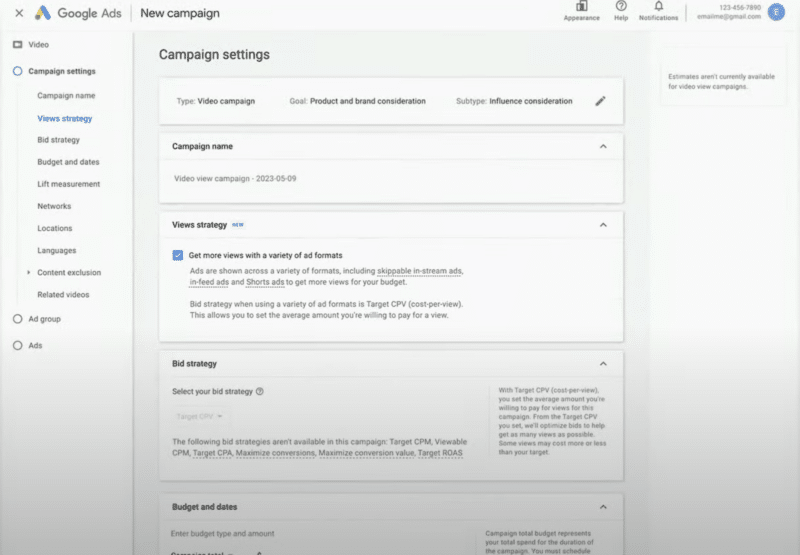
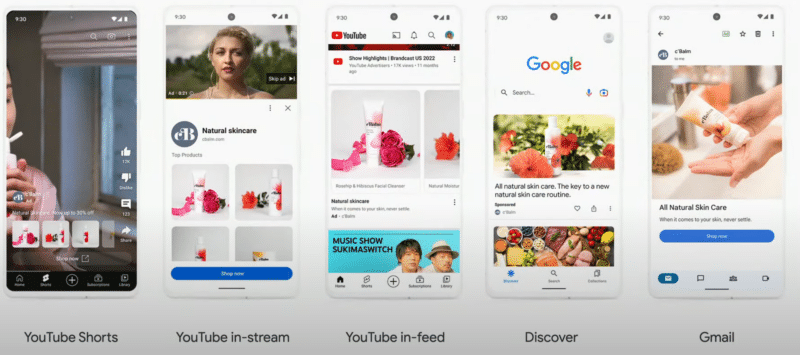
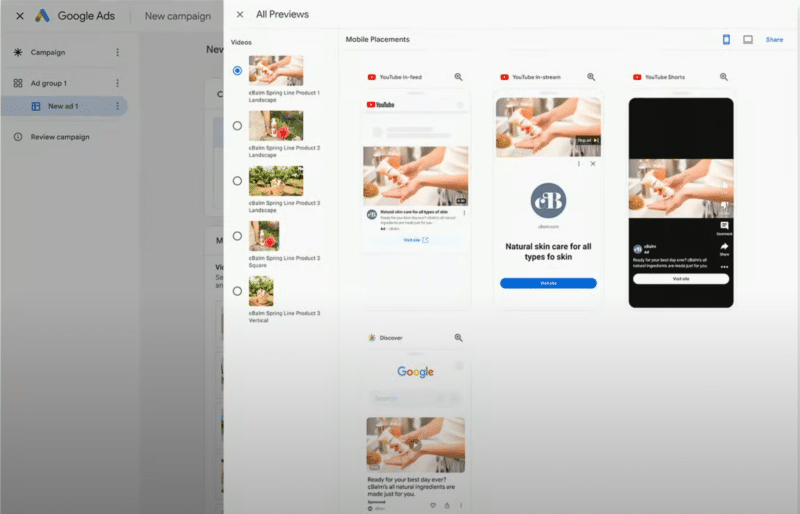
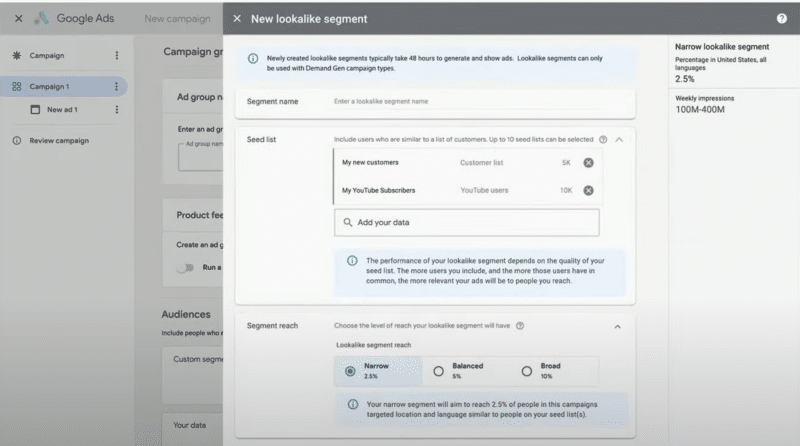
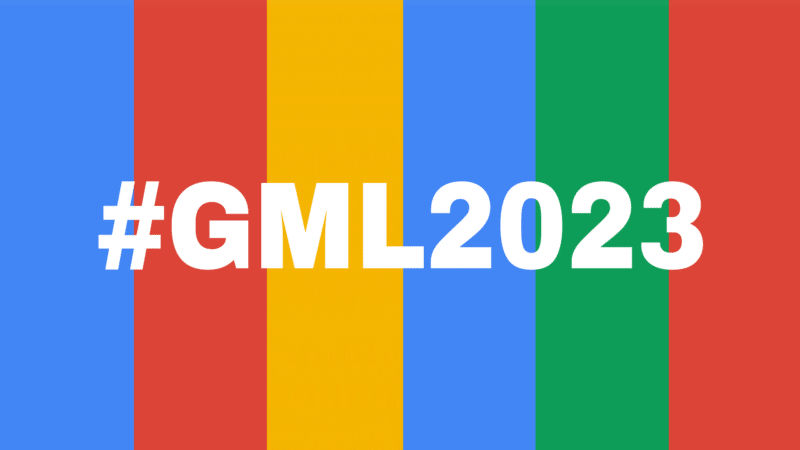


 Typically, you’d want to create one article around one primary topic.
Typically, you’d want to create one article around one primary topic. 









